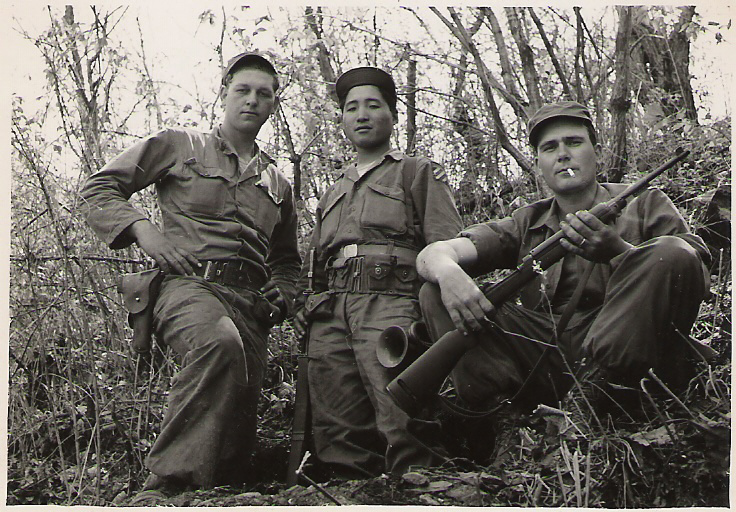
WHEN I CONSIDER THE TRAUMA of war, I think of my dad. A combat veteran of the Korean War, he struggled with undiagnosed depression and post traumatic stress disorder. Not until the later years of his life did he find support among other veterans. They met to share their stories, trauma and struggles. Therein he found empathy and compassion. As a child and young adult, I admittedly and sadly failed to understand the emotional pain my dad experienced. If only I had, I would have listened, given him the compassion he deserved.
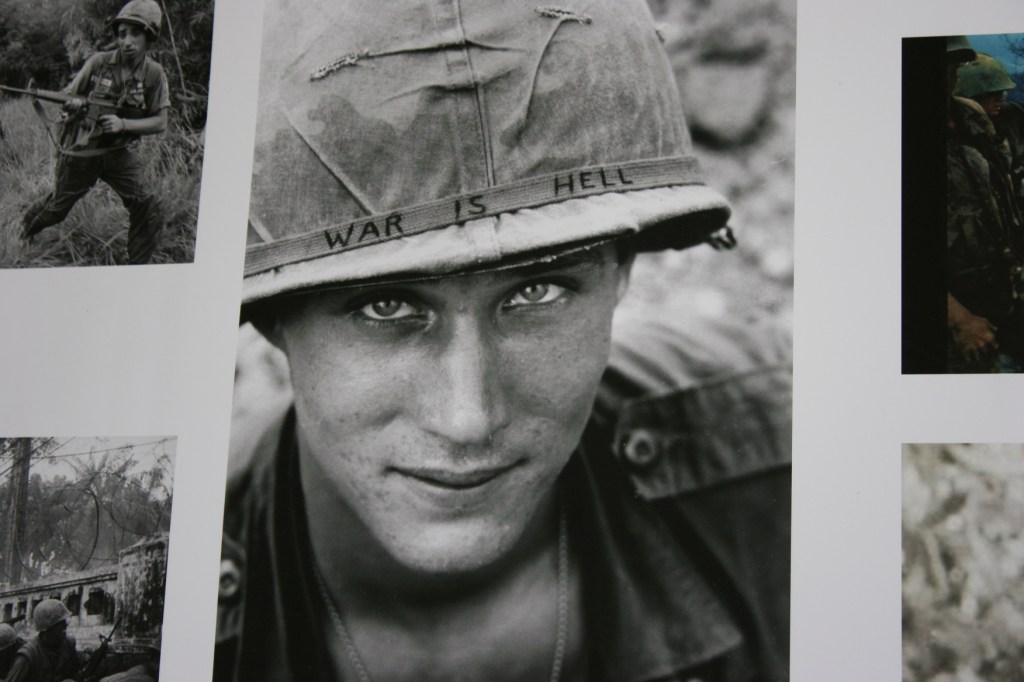
Today I get it. I recognize that Dad’s time on the front lines in the mountains of Korea, where he killed the enemy and was wounded by shrapnel that would later earn him the Purple Heart, were life-changing. He returned to the farm fields of Minnesota a completely different young man than the one who sailed across the ocean to war.

Thankfully, the passing of time has brought positive change and much-needed help for our veterans, plus increased awareness. In my community, that awareness includes an “Operation: 23 to Zero Critical Overwatch” vigil at the Rice County Veterans Memorial beginning at noon on Monday, November 10, and continuing for 23 hours until Tuesday, November 11. The vigil concludes with an 11 a.m. Veterans Day program followed by a noon luncheon for veterans at American Legion Post 43 in Faribault.
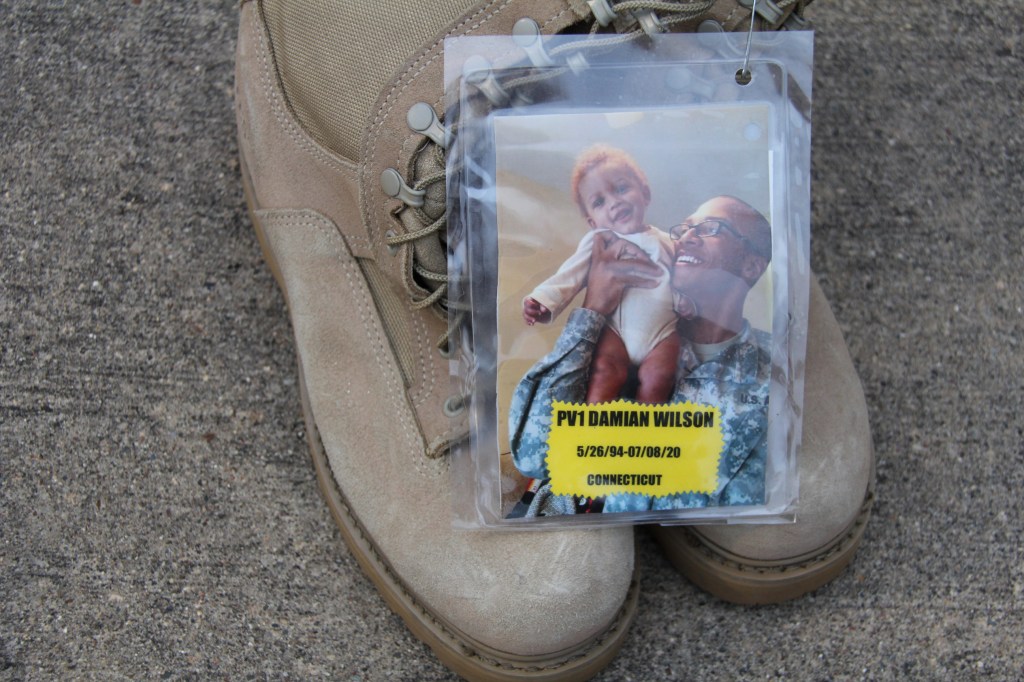
I’ve attended this vigil, now in its ninth year, multiple times. Verbs like honor, cherish, reflect, help, support and encourage come to mind when I consider this event aiming to curb veteran and military suicides. That’s the core premise of this visually-impactful overwatch. Every hour at the bottom of the hour, a pair of boots is placed on the veterans memorial plaza. Those boots represent a veteran lost to suicide. Attached to the boots are names, photos and dates of the deceased. Personal. Powerful. Emotional. Each set of boots represents a soldier from the area or connected to someone from the area.
The number 23 is also intentional, reflecting the number of veterans who daily commit suicide. One active military member also does the same each day.
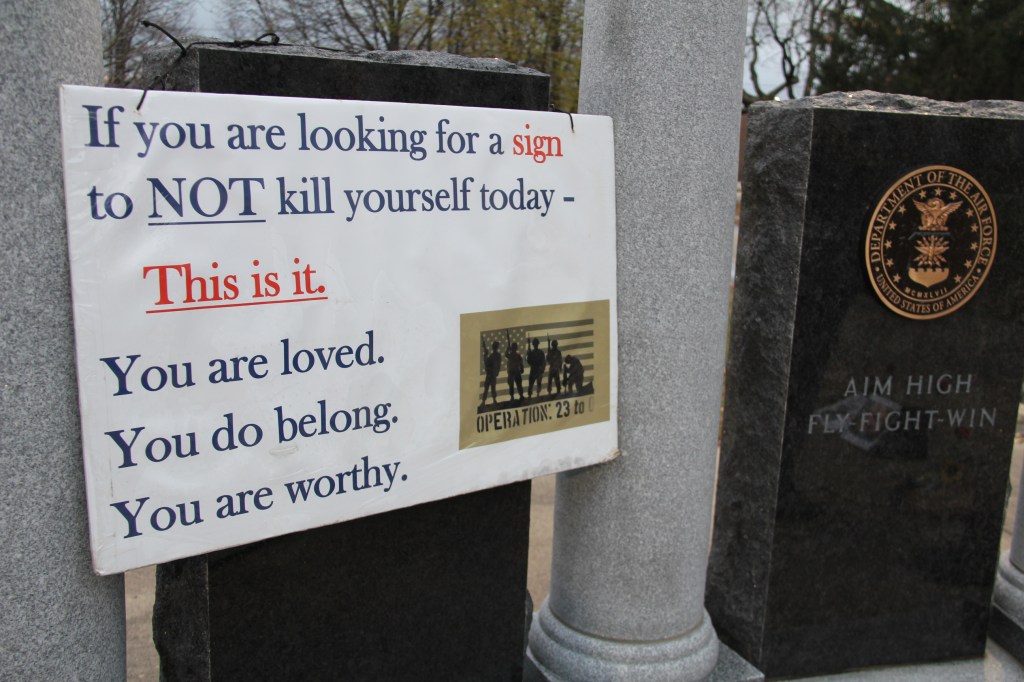
It’s sobering to see all those boots ringing the veterans plaza. But it’s also heartening to see the support at this vigil—to know that veterans are standing by, literally, to listen, encourage and provide resources and help to anyone who needs it. I’ve seen and felt the compassion. Overheard the conversations.
We need to keep talking. I’m grateful to the Operation: 23 to Zero Southern Minnesota Chapter for their ongoing efforts to raise awareness about suicide and to work toward suicide prevention. They listen. They care. They stand at the ready to serve those who’ve served.
FYI: If you or someone you know is contemplating suicide, immediate help is available via the Suicide and Crisis Hotline at 988. Text or call that number. Or call 911. Please also seek additional professional help.
NOTE: Faribault Harley Davidson, 2704 West Airport Drive, is hosting a post Veterans Day Chili Cook Off on Saturday, November 15, with all proceeds benefiting Operation: 23 to Zero. Chili tasting costs $10 and runs from 11 am-2 pm. Prizes awarded. For more information, click here.
© Copyright 2025 Audrey Kletscher Helbling
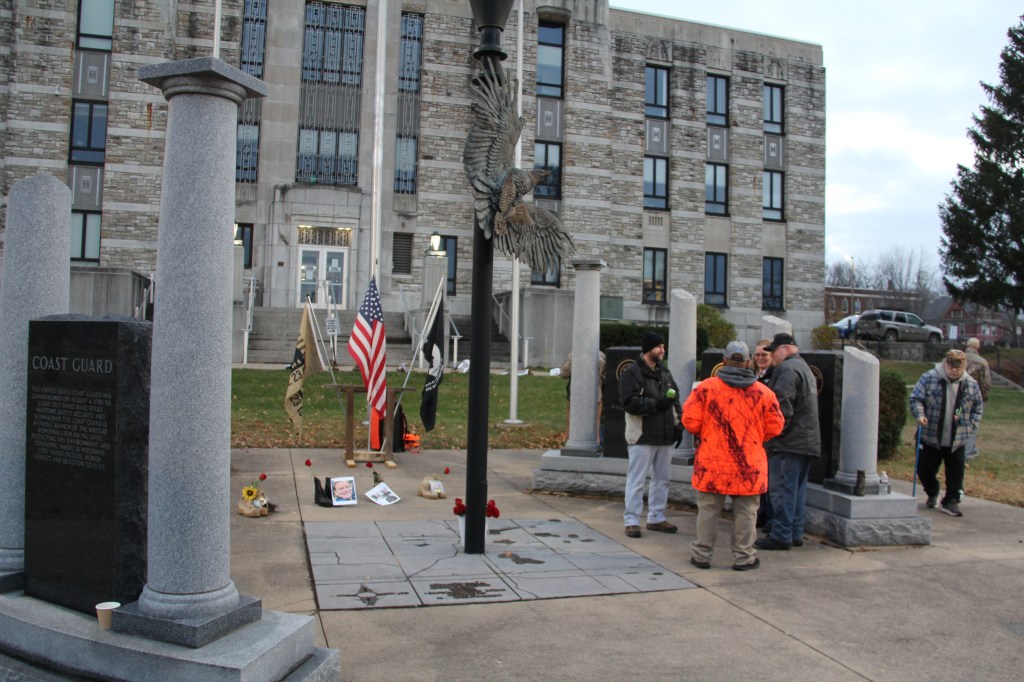
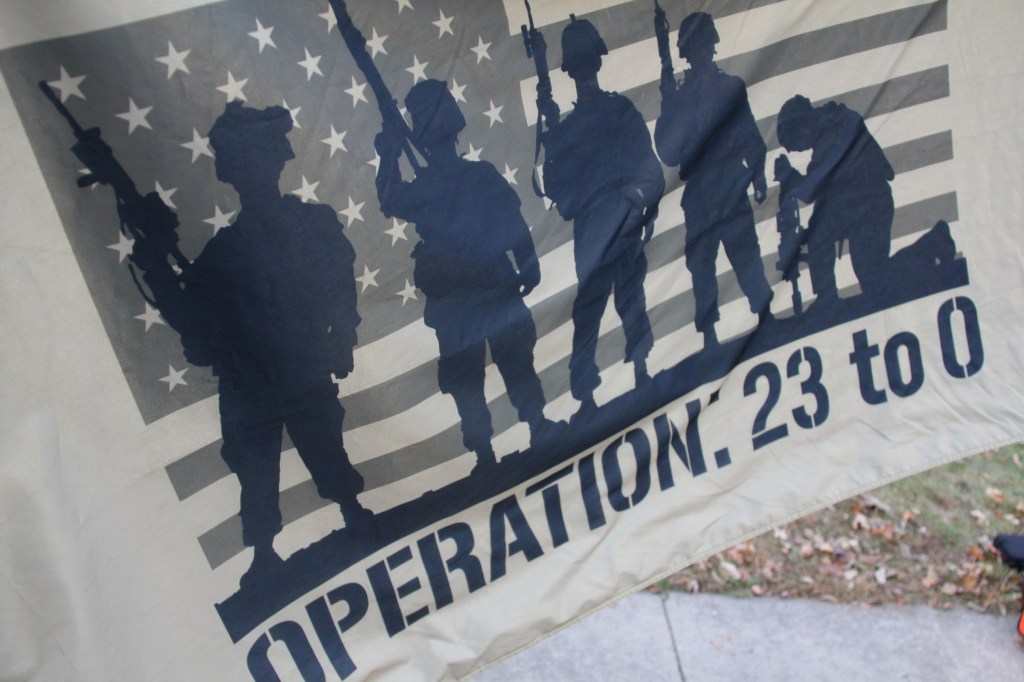
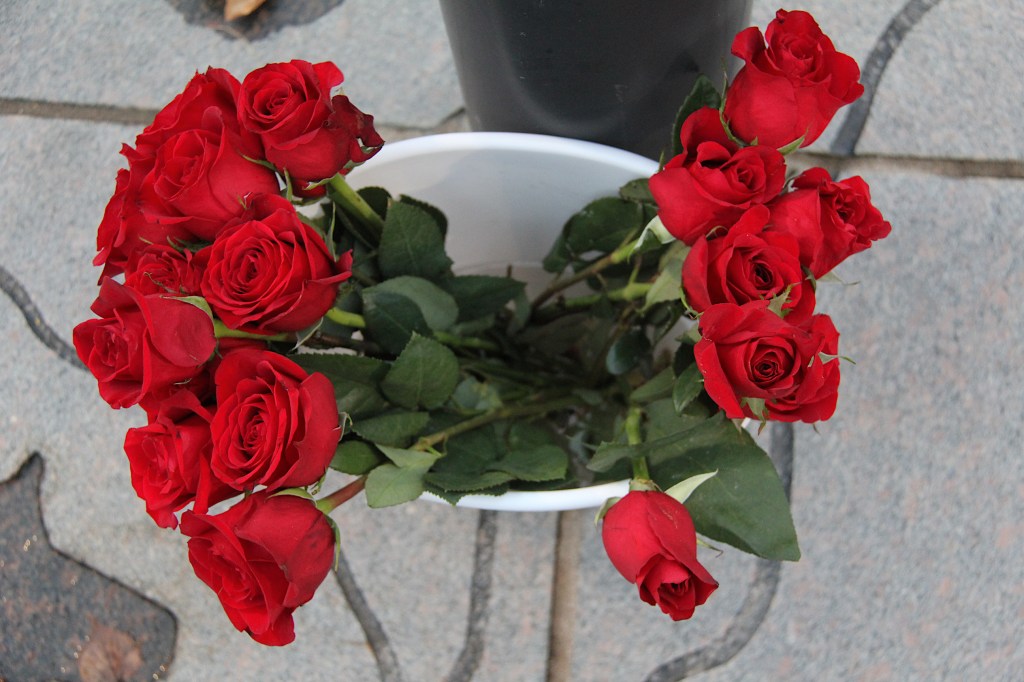
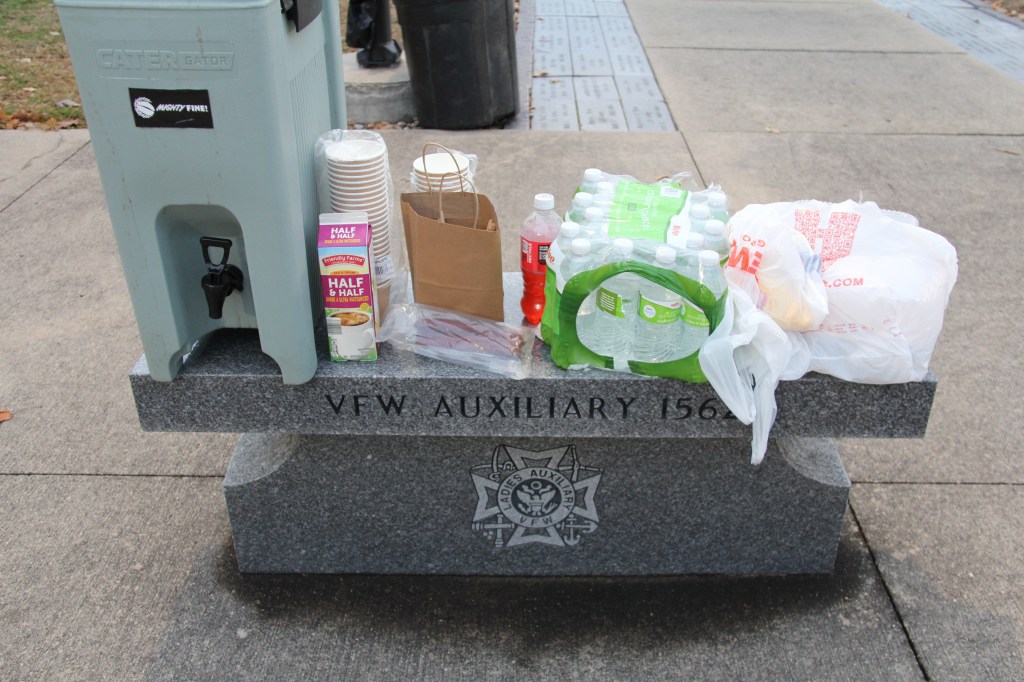
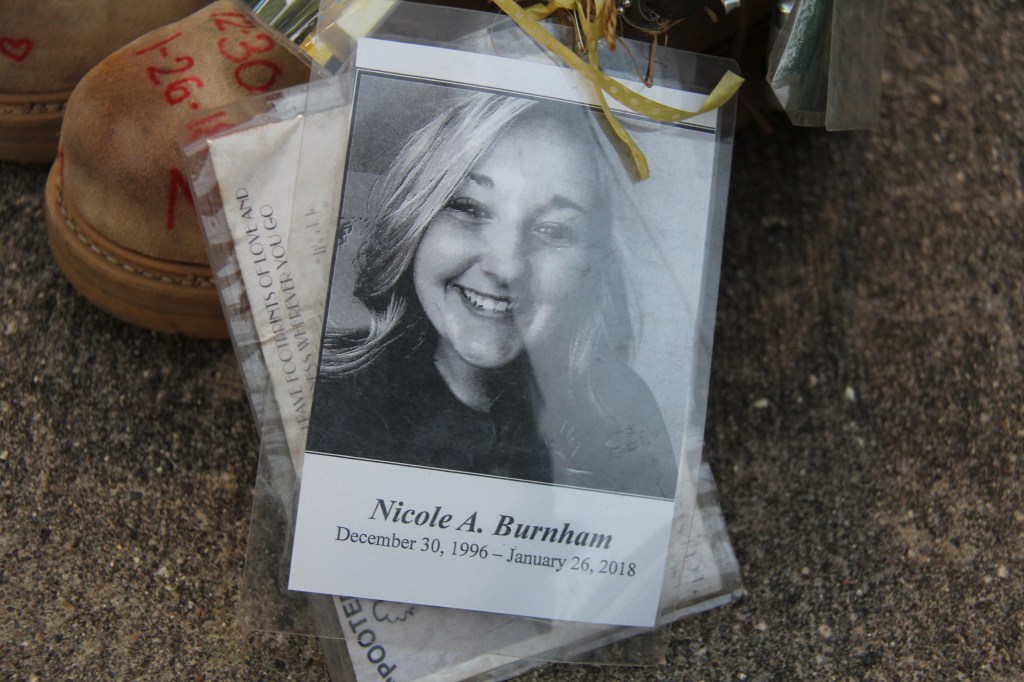
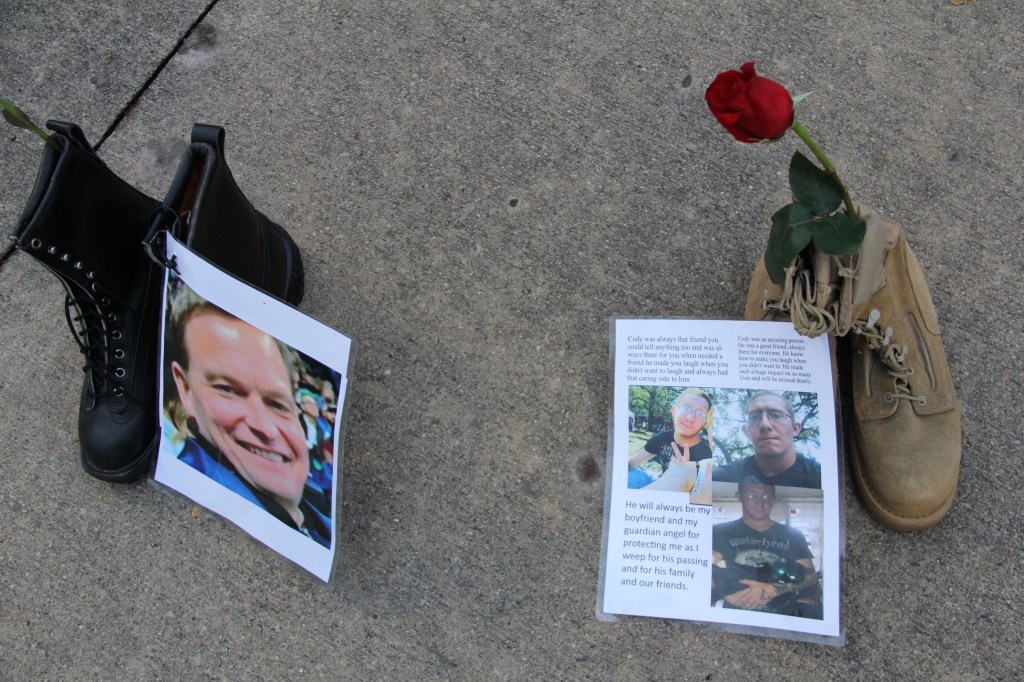
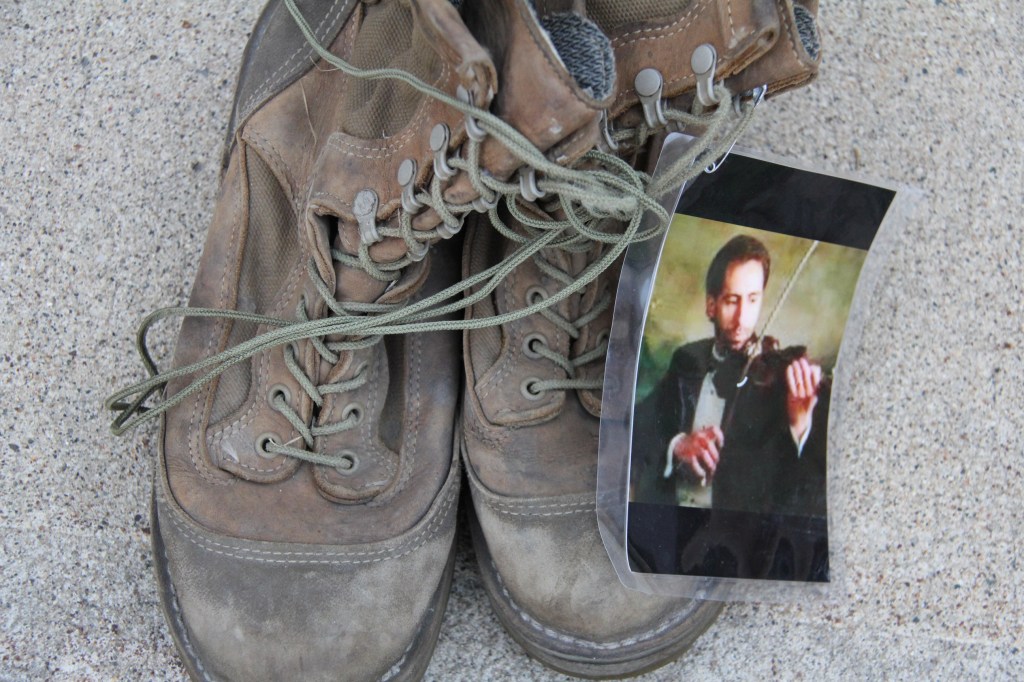
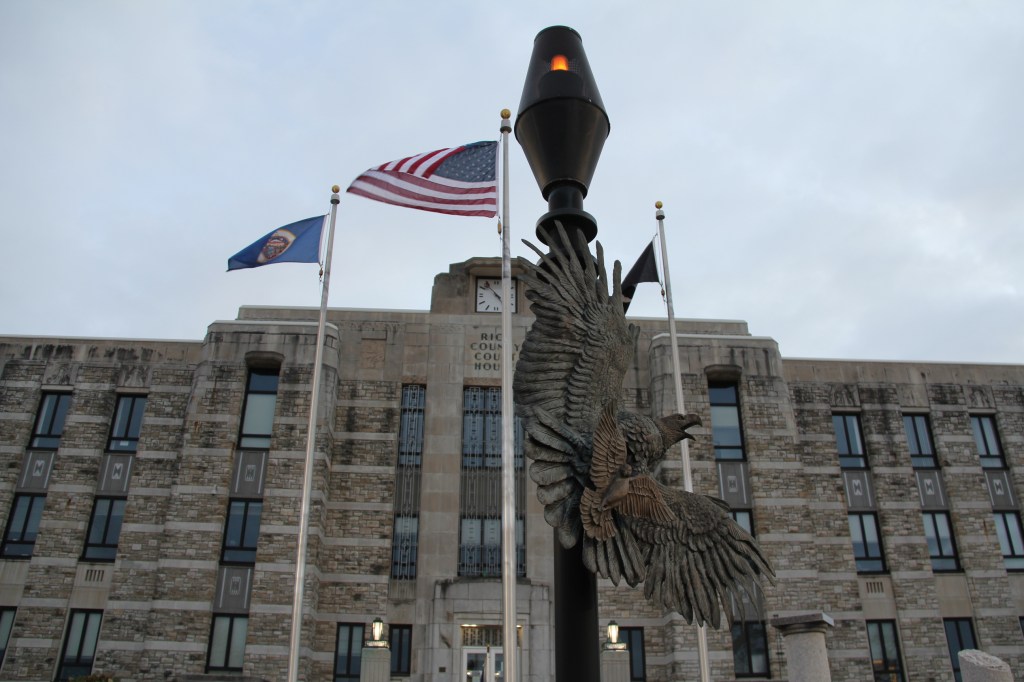
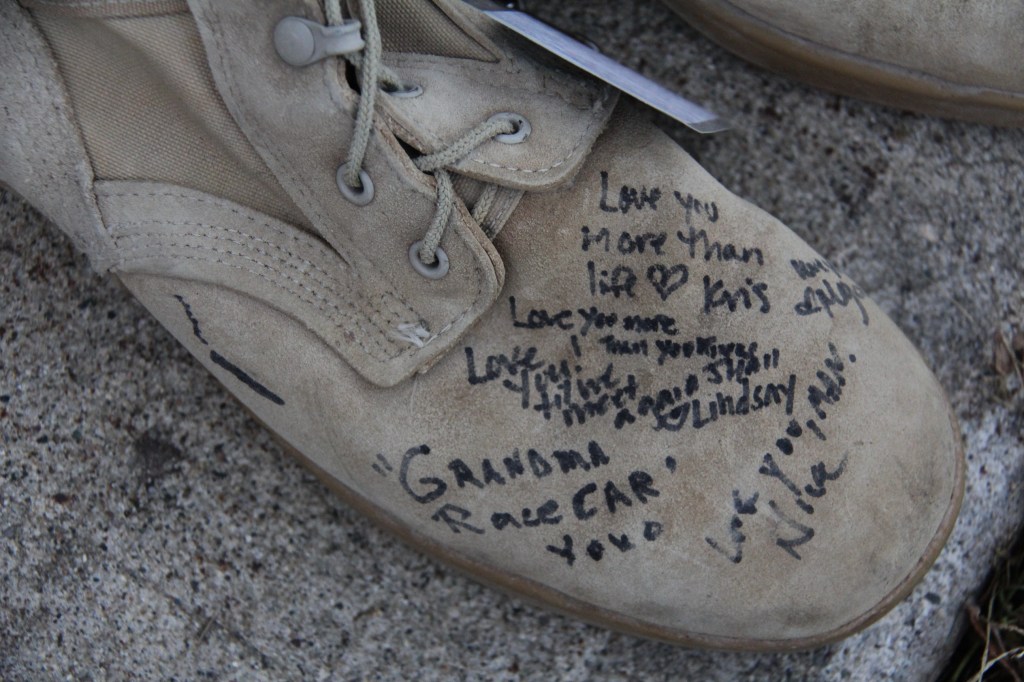
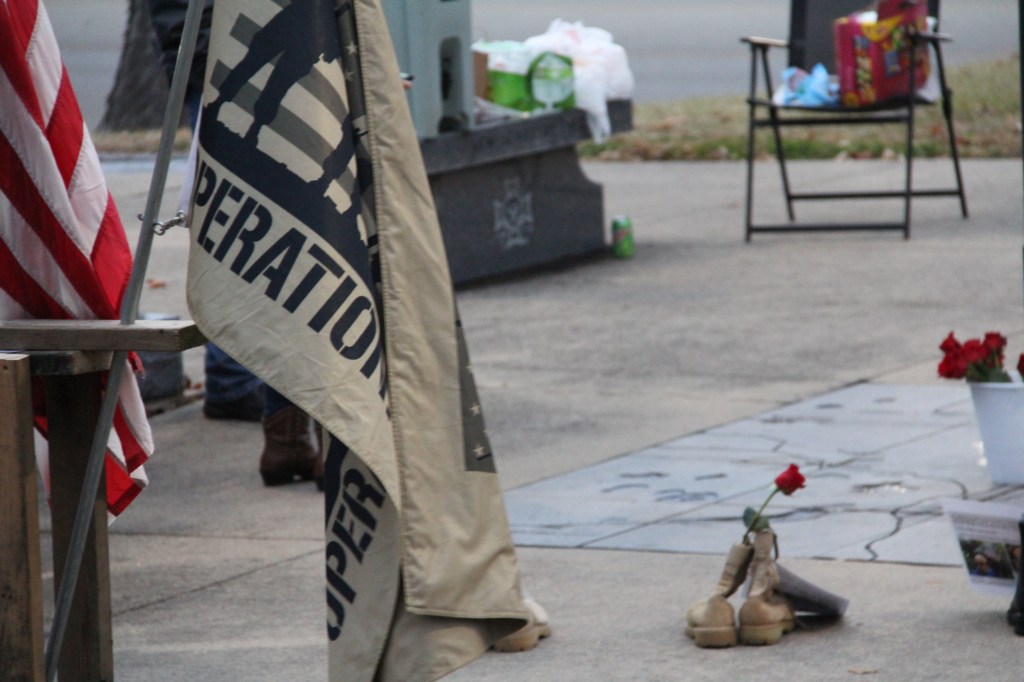
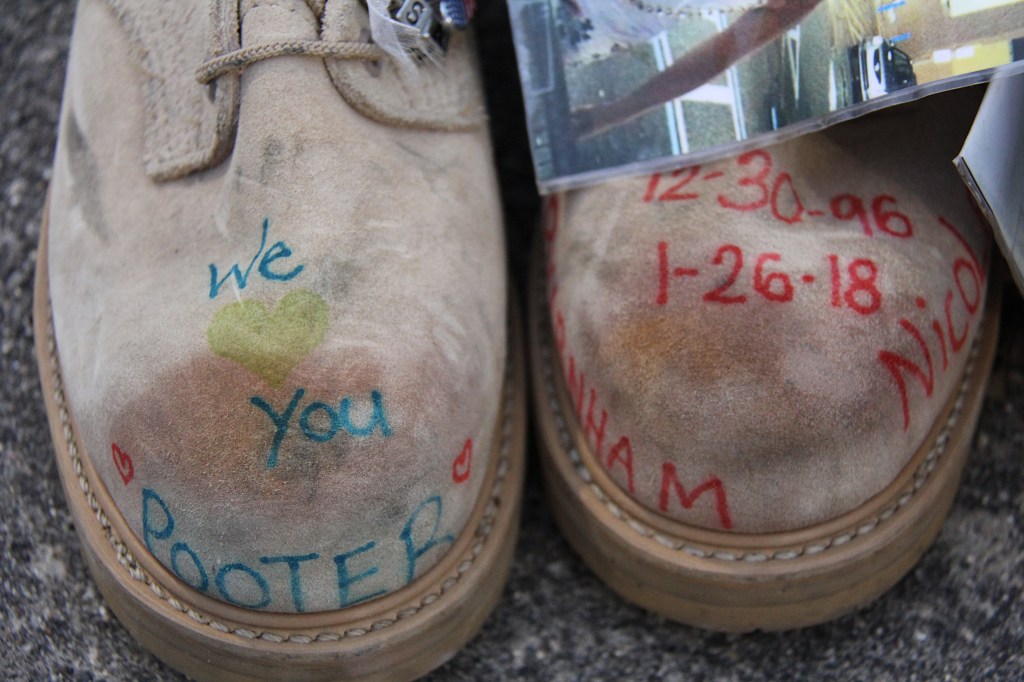
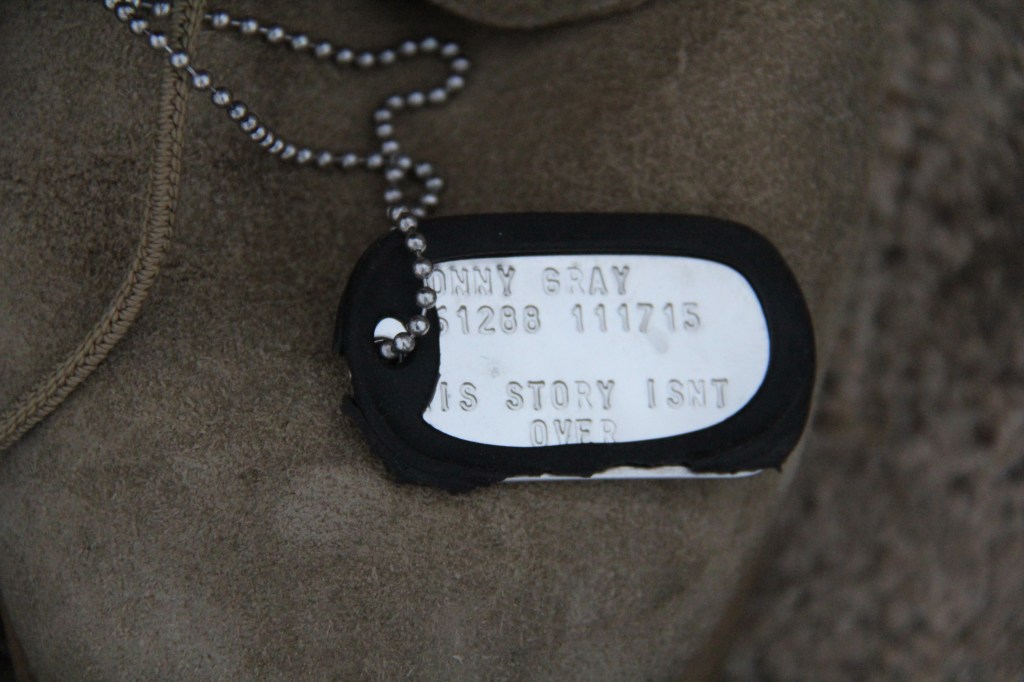
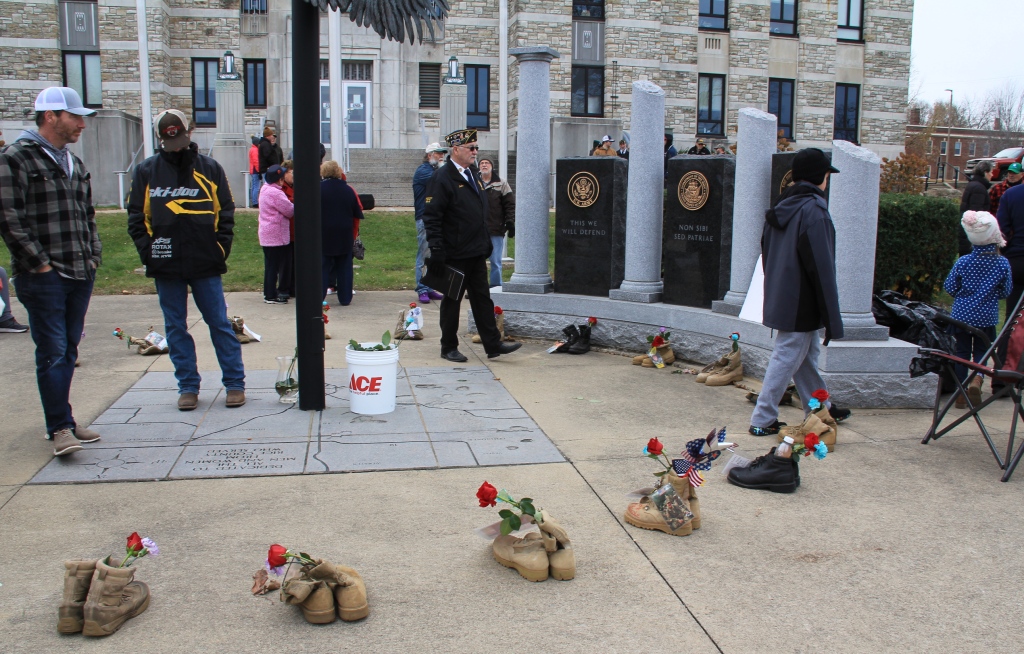
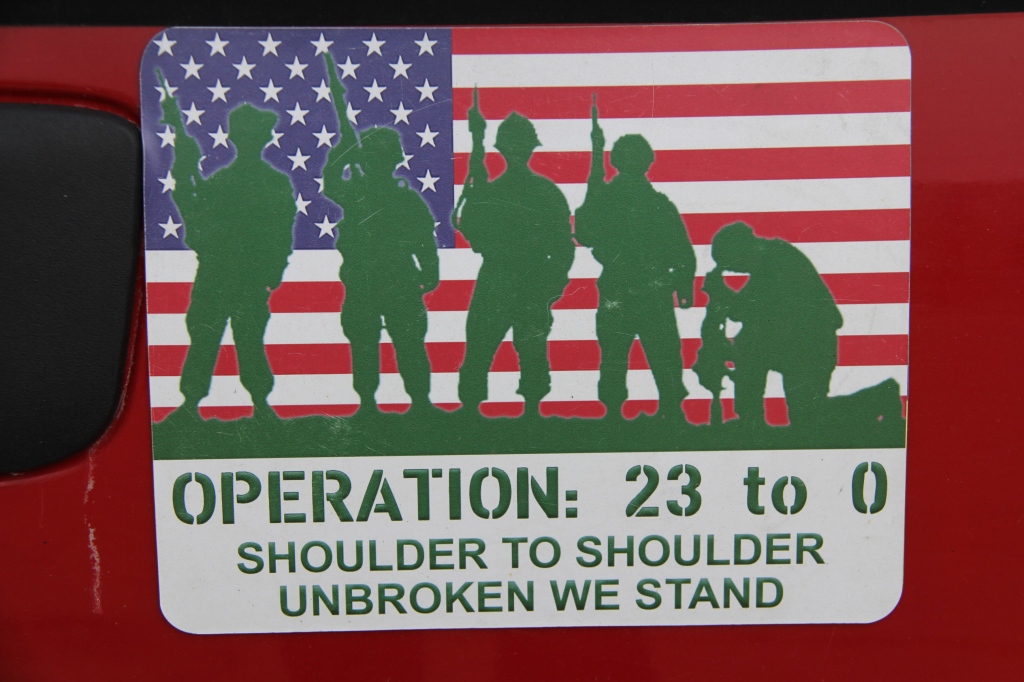
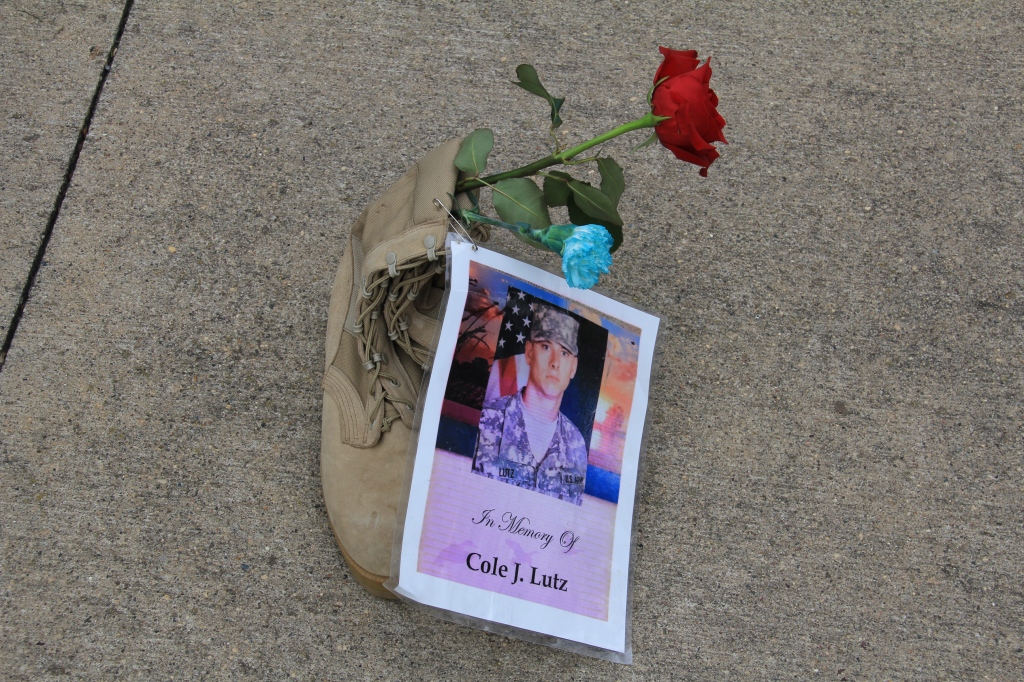
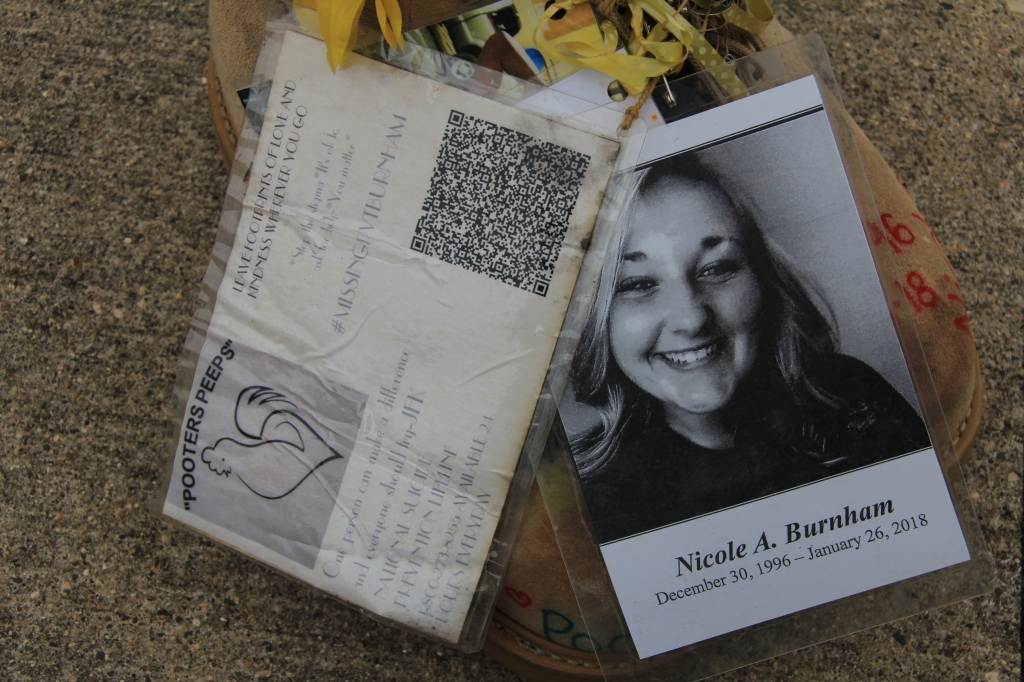
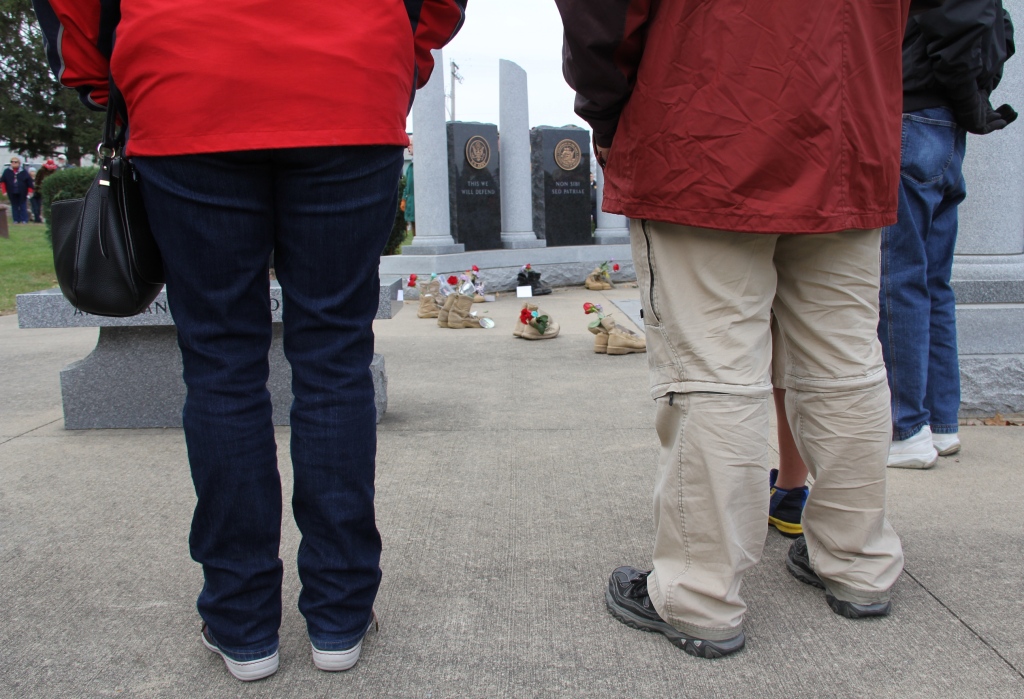
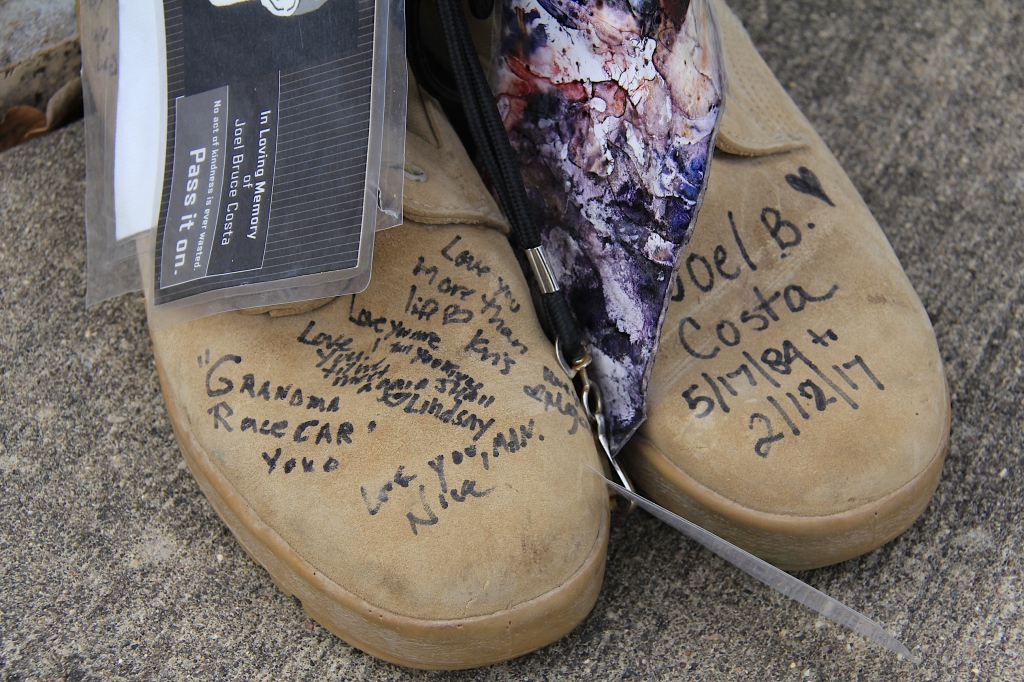

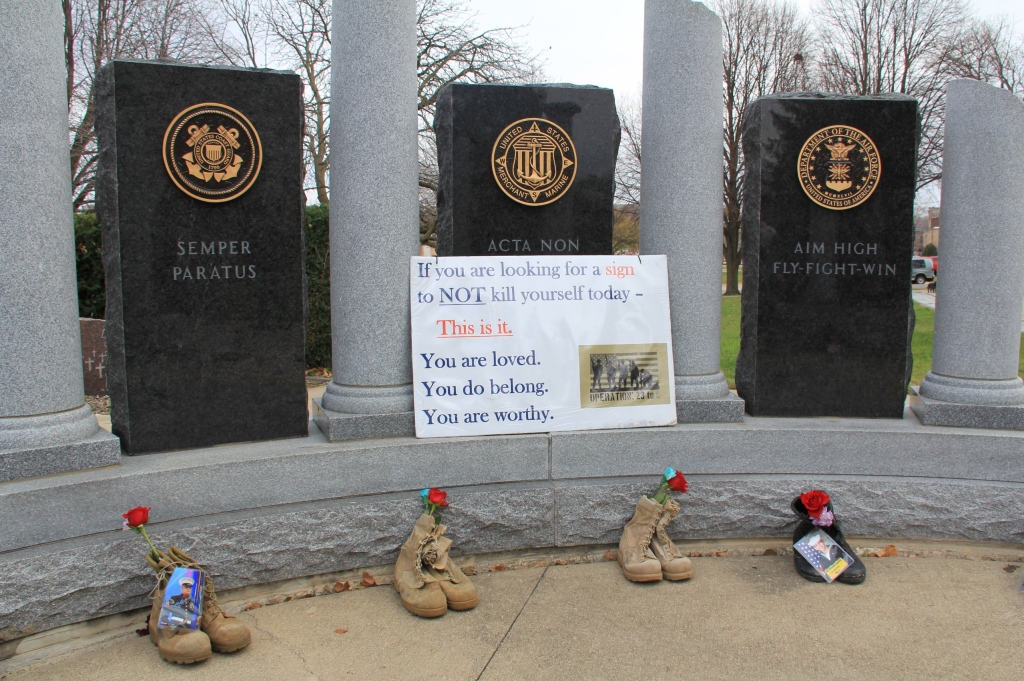
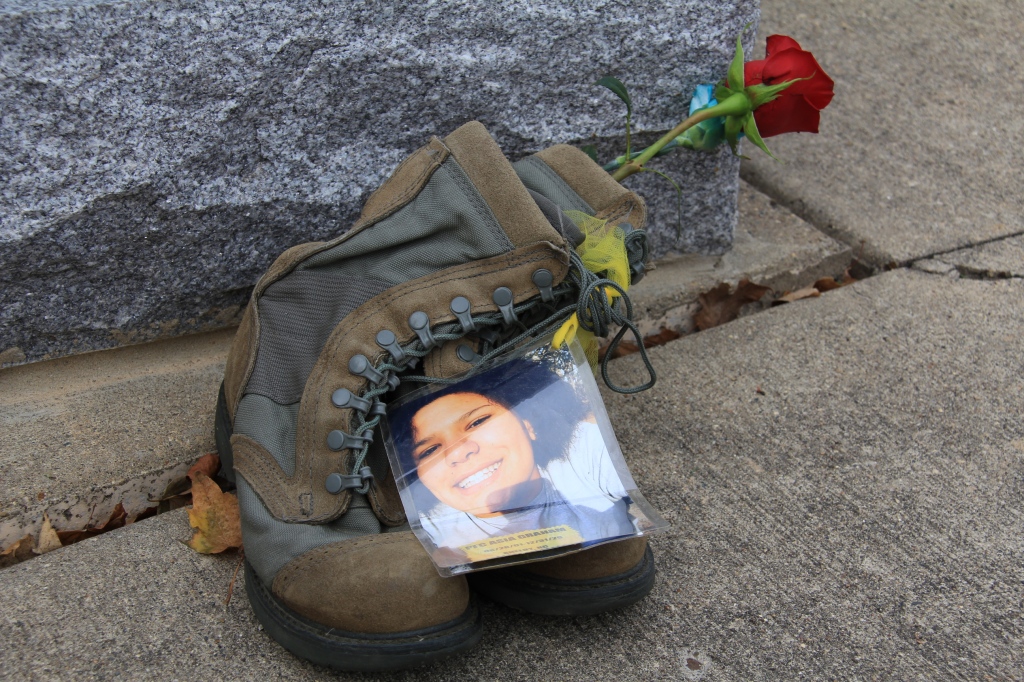
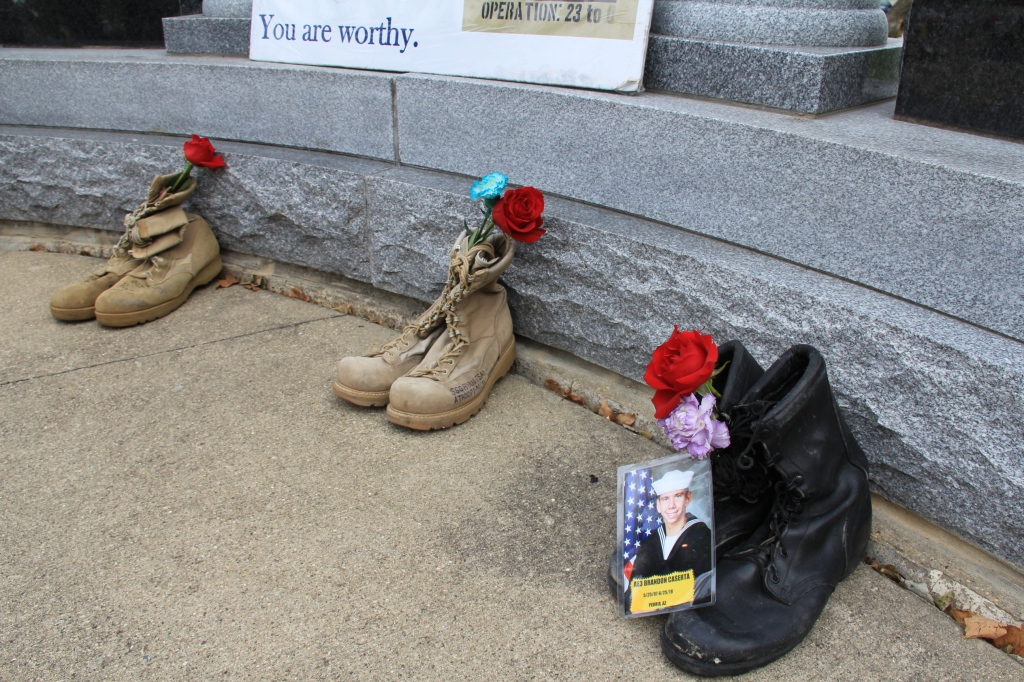
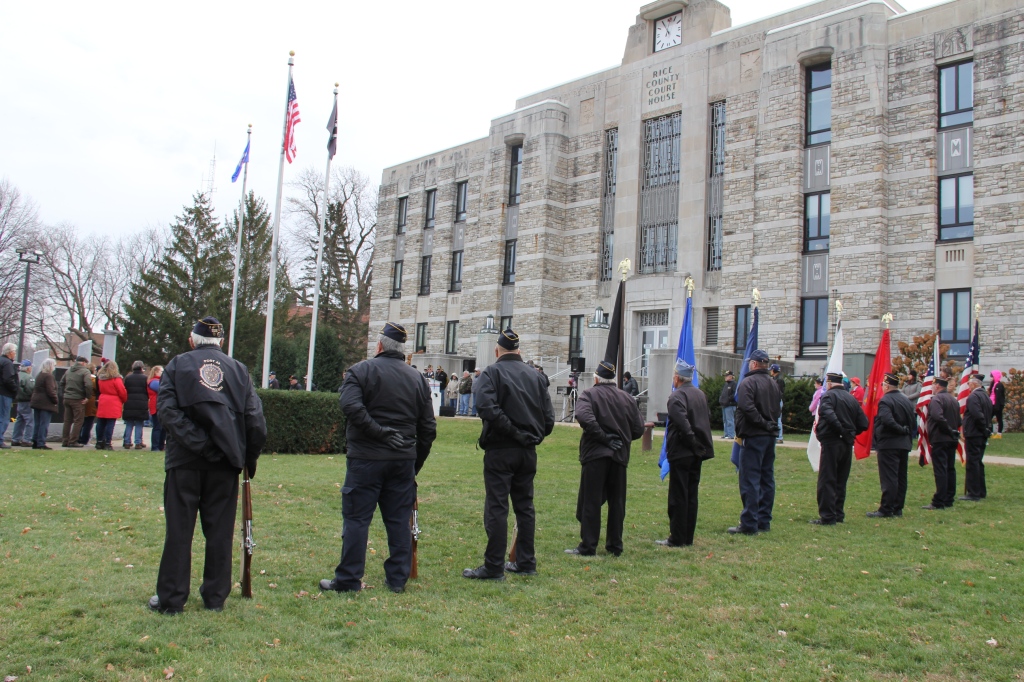
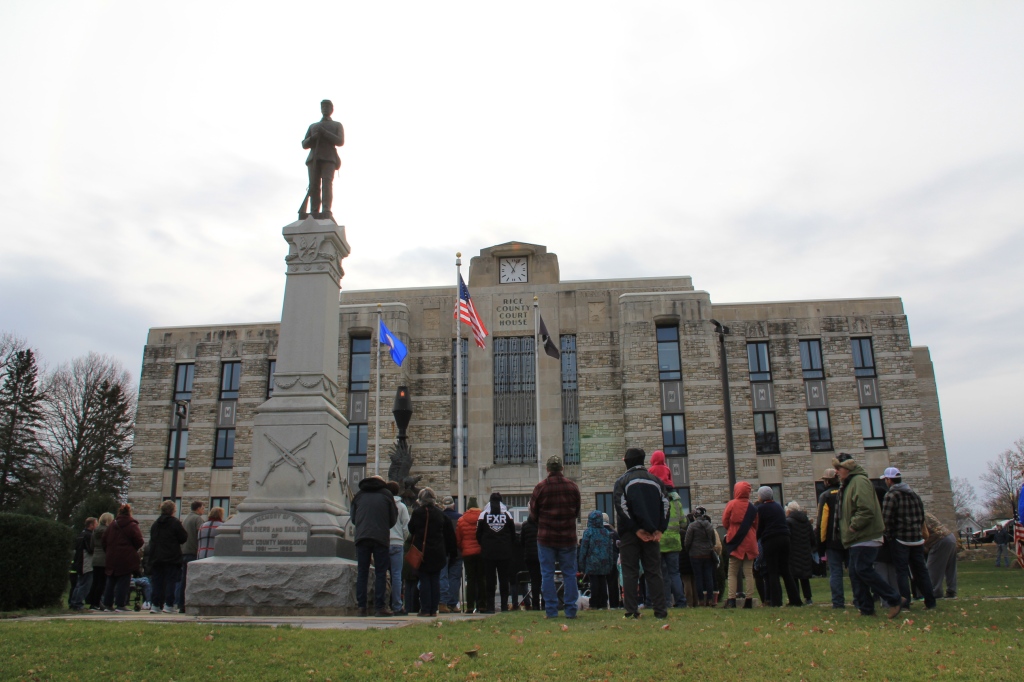
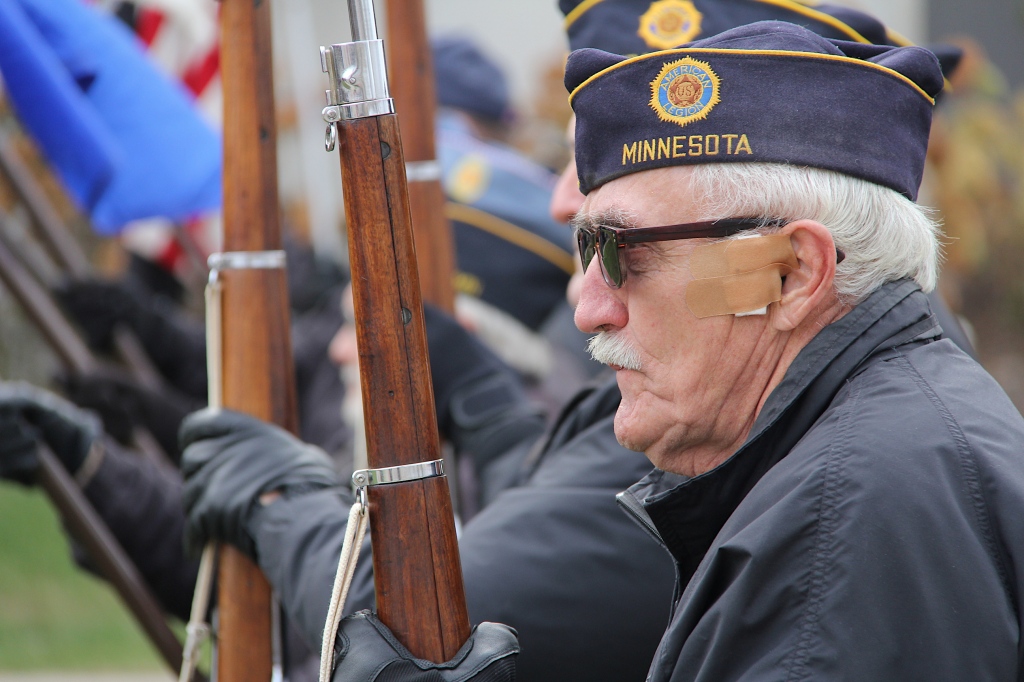
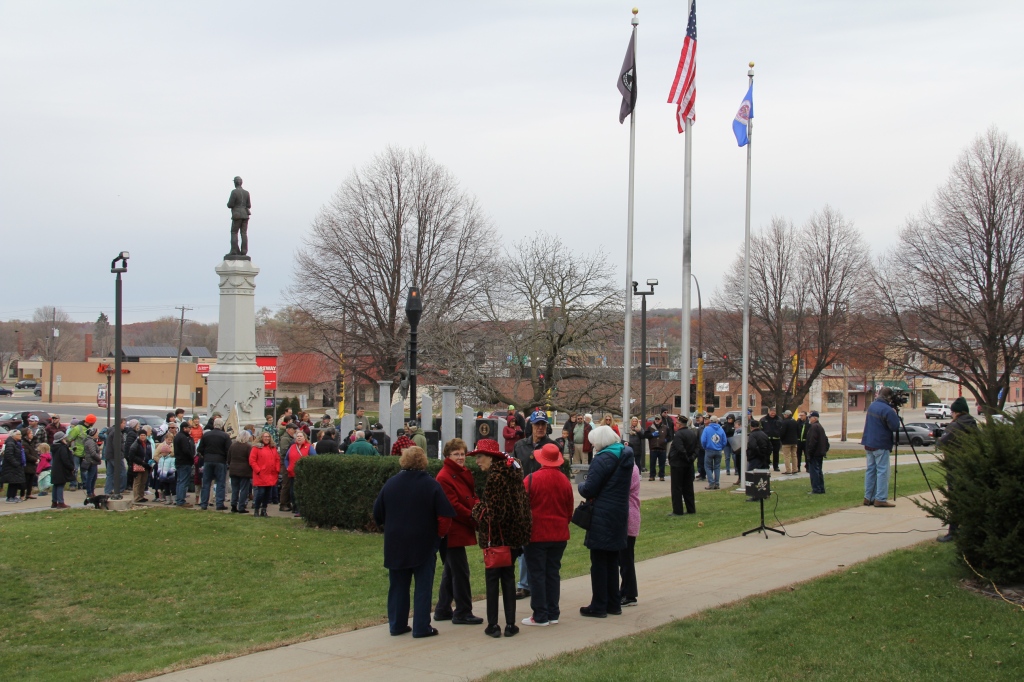
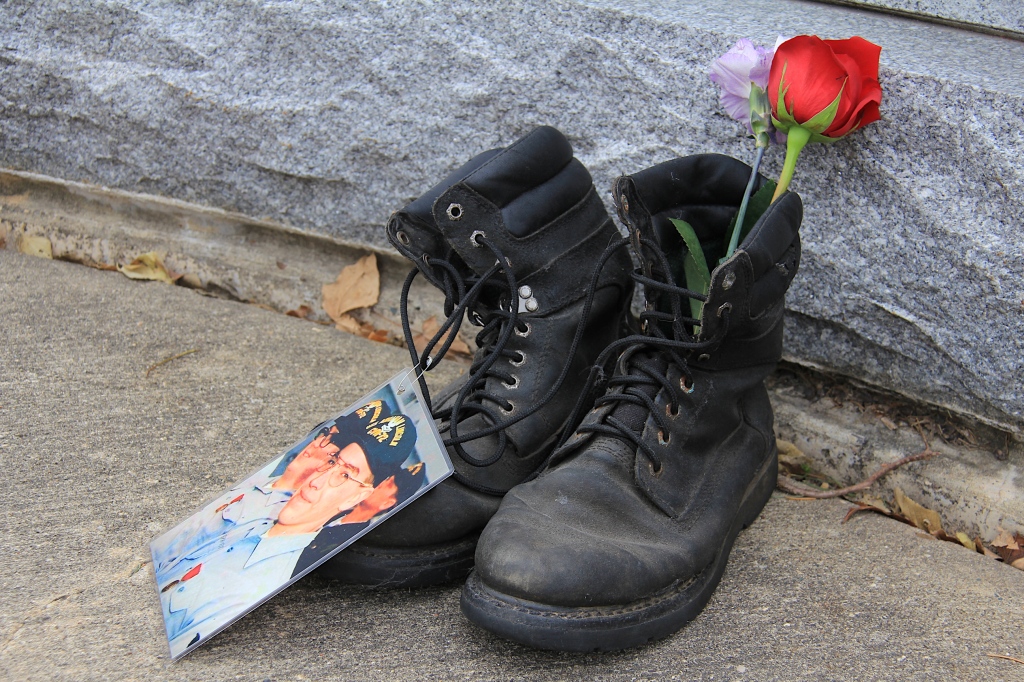
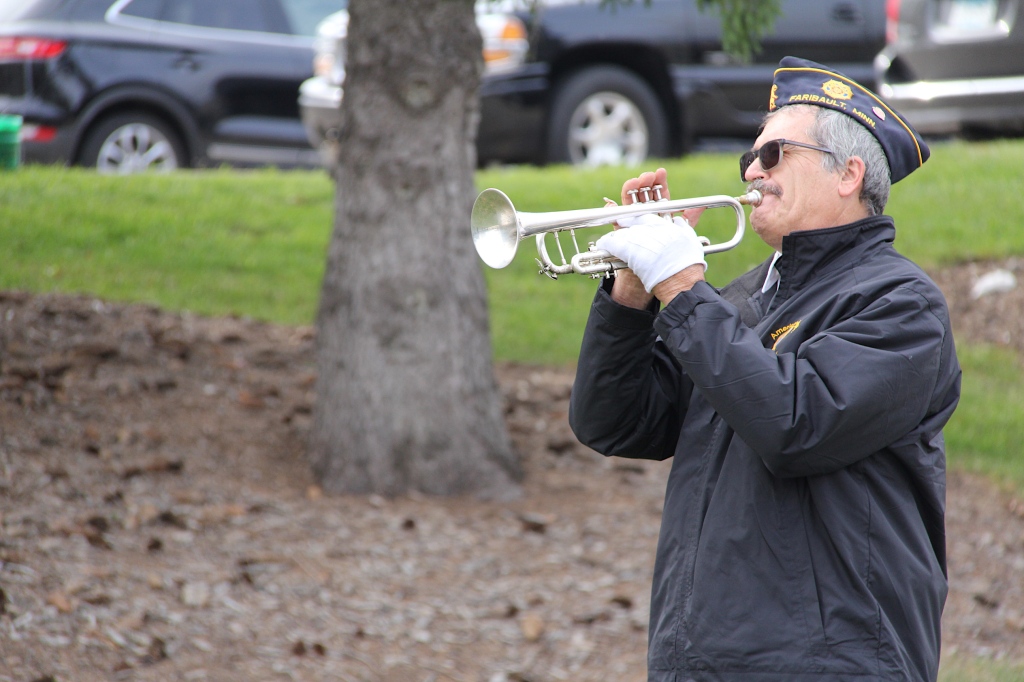
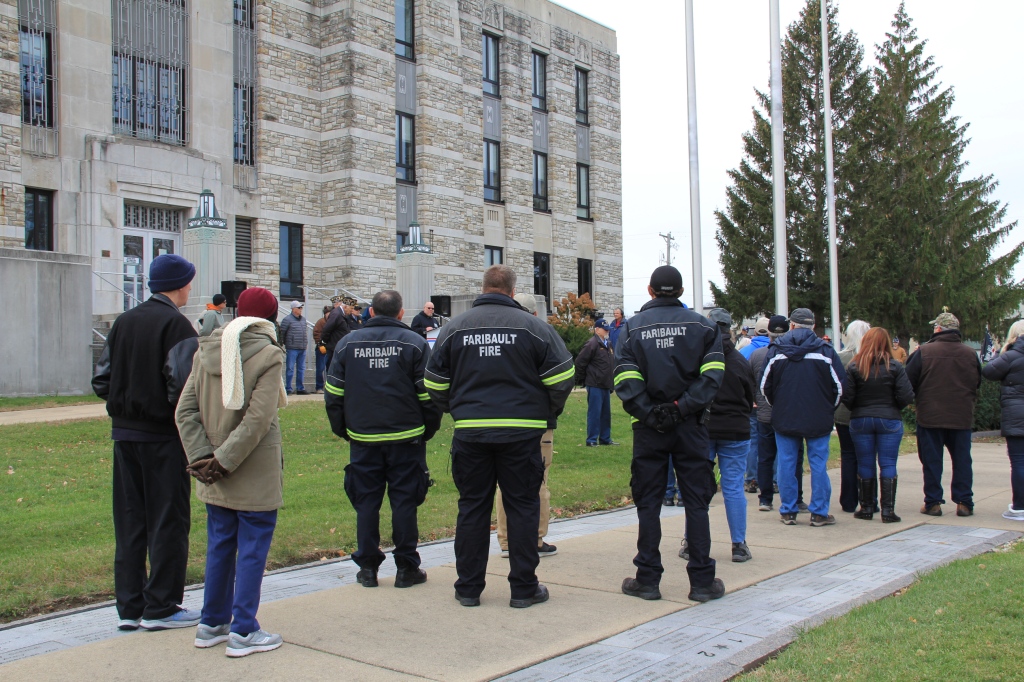
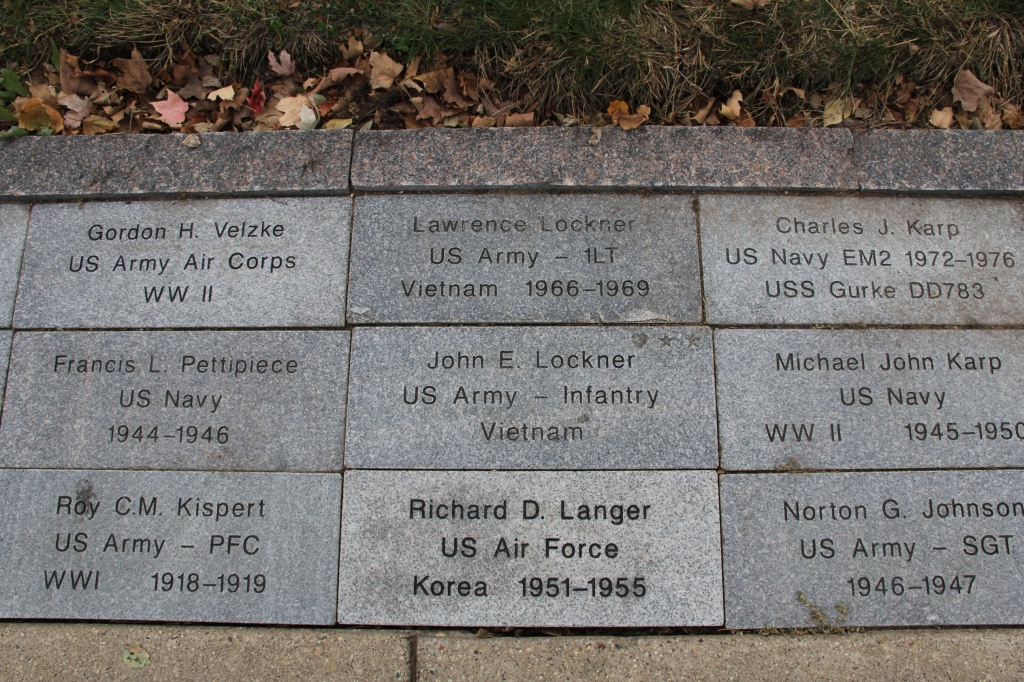
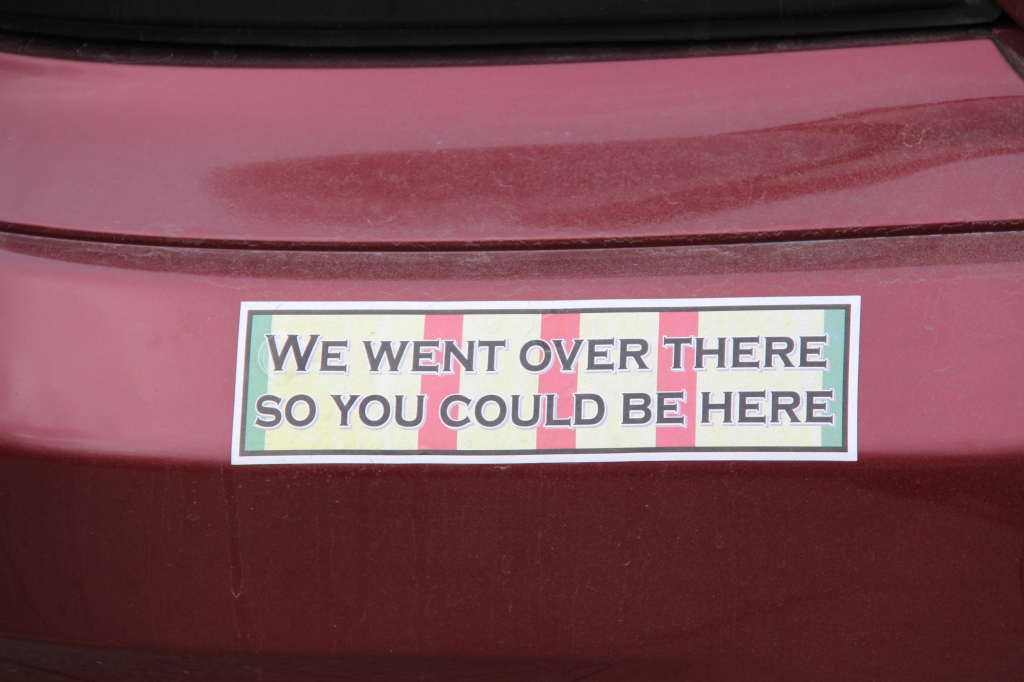



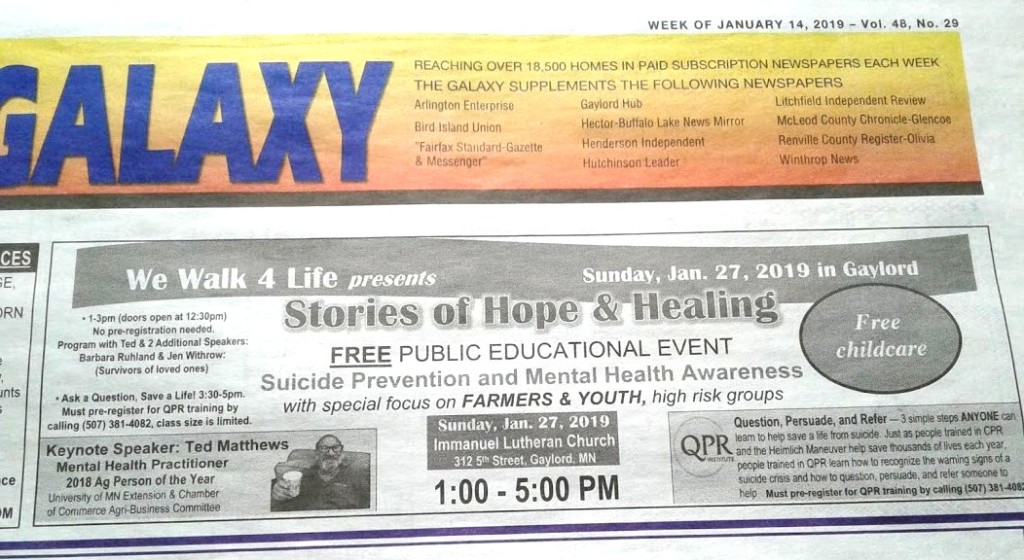




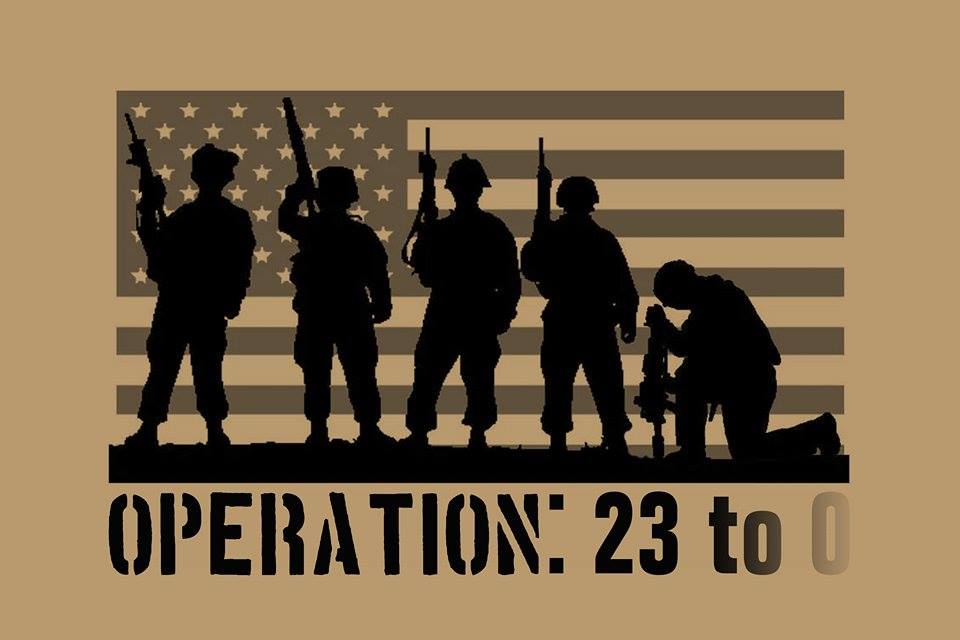



Recent Comments